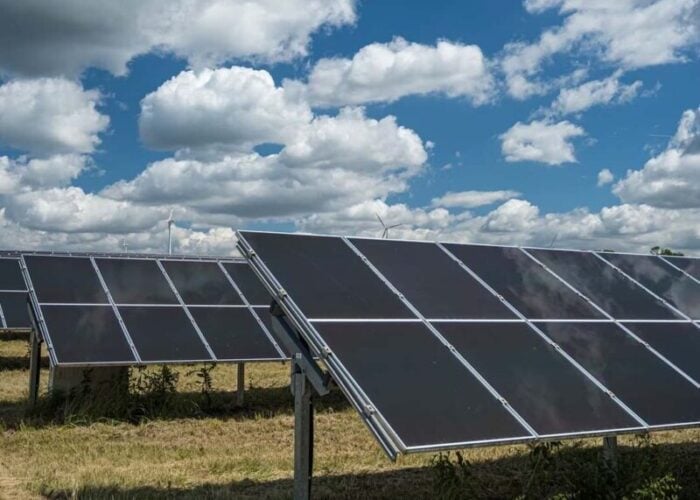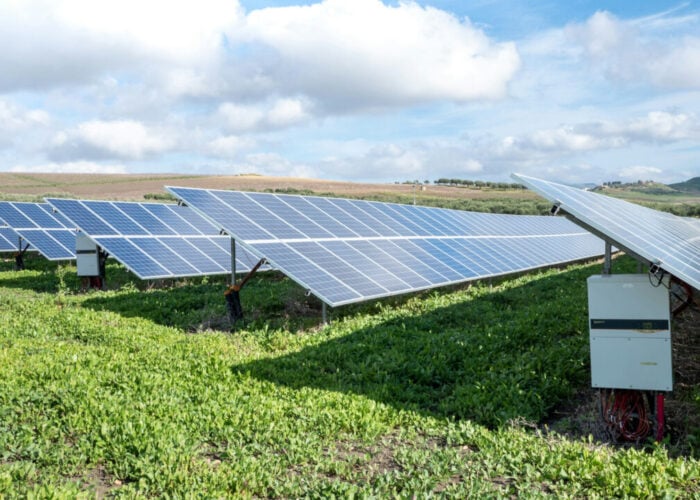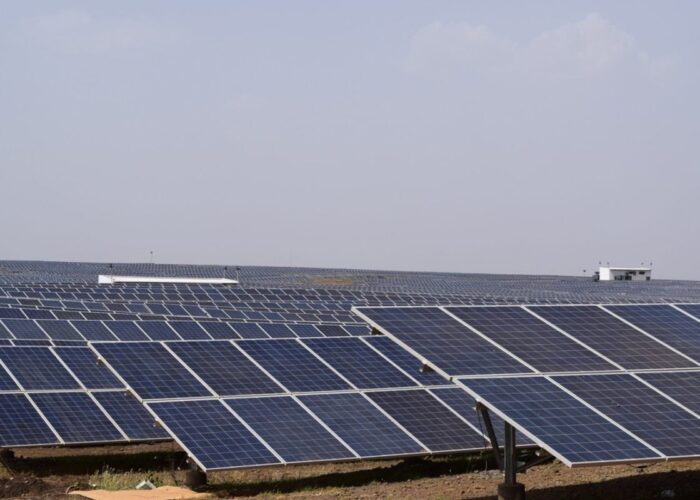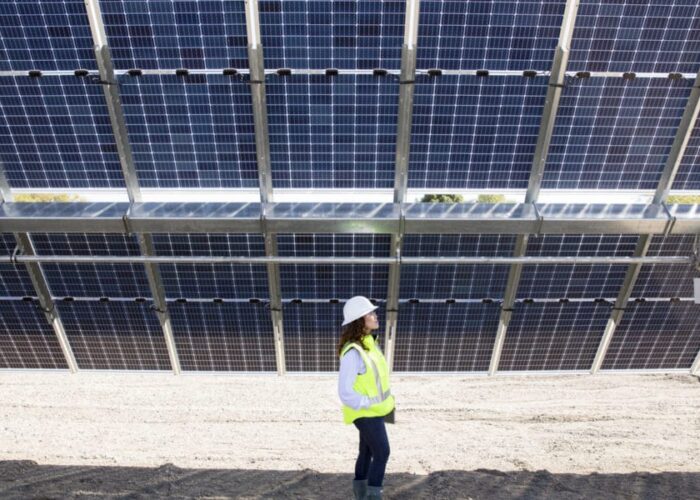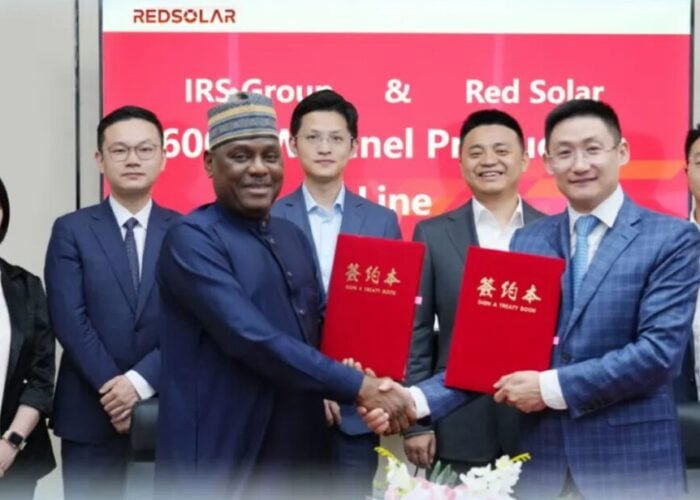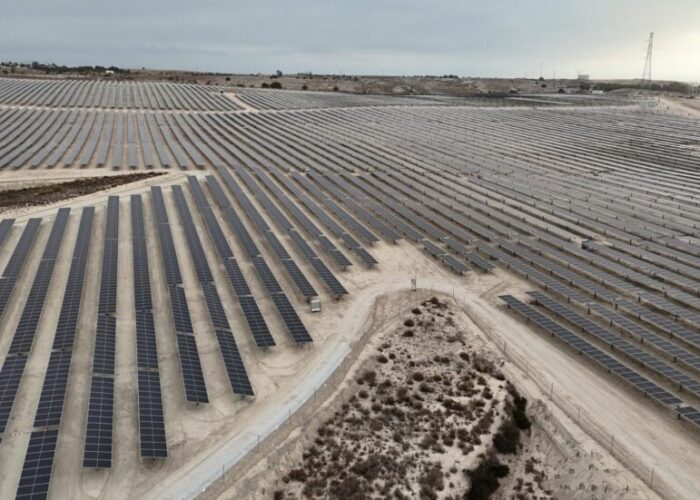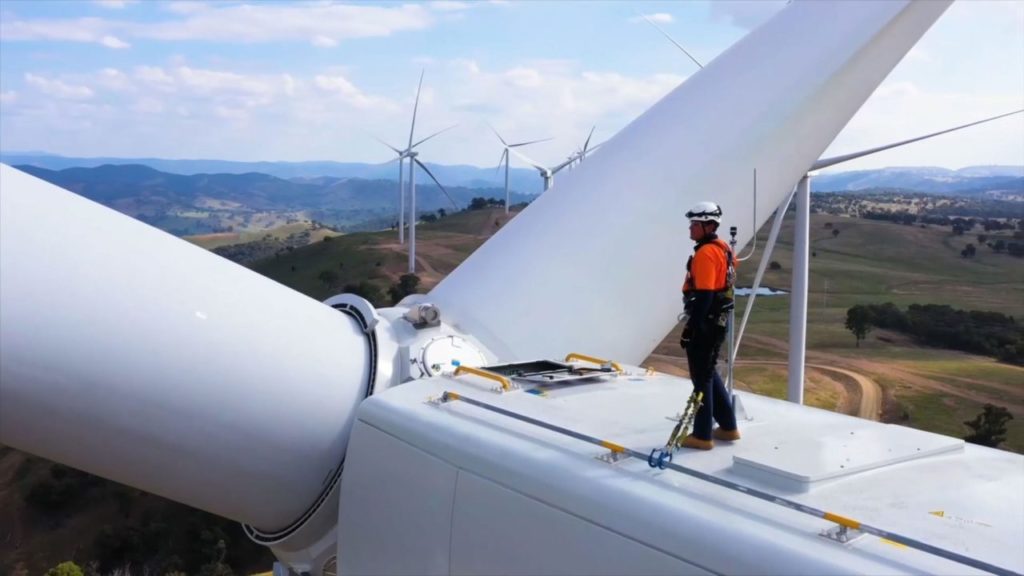
Australian company Squadron Energy has acquired CWP Renewables in a deal it claims will make it Australia’s largest renewables developer, investor and operator.
A subsidiary of Tattarang, Squadron said the deal will bring its Australian renewables portfolio to 2.4GW and expand its pipeline in the country to 20GW. CWP and its assets will be integrated into Squadron’s existing business.
Unlock unlimited access for 12 whole months of distinctive global analysis
Photovoltaics International is now included.
- Regular insight and analysis of the industry’s biggest developments
- In-depth interviews with the industry’s leading figures
- Unlimited digital access to the PV Tech Power journal catalogue
- Unlimited digital access to the Photovoltaics International journal catalogue
- Access to more than 1,000 technical papers
- Discounts on Solar Media’s portfolio of events, in-person and virtual
Or continue reading this article for free
CWP has approvals in place for a 180MW solar farm, two battery farms and a swathe of large-scale wind projects across Australia totalling over 1.1GW capacity.
Andrew Forrest, chairman of Tattarang and founder of Fortescue Metals Group, said: “Squadron is proud to bring a very significant portion of Australia’s renewable energy assets home to local ownership. It means that Squadron has the renewable energy critical mass to help Australia step beyond fossil fuels.”
Fortescue Future Industries, a subsidiary of Fortescue Metals Group which is part-owned by Tattarang, recently announced plans for a 10GW green hydrogen hub in Queensland. In February, Forrest announced a US$3 billion investment into solar PV and wind projects as part of Fortescue’s 3GW renewables hub in the state.
Tattarang has provided backing for a major Australian solar export project, the Australia-Asia PowerLink subsea cable project, which will transport power from a 20GW PV farm in Australia to Singapore via transmission cables.
The company also announced 9.2GW of solar and wind to power a green hydrogen project in Egypt earlier this year, as well as a 3.3GW Western Australia renewables hub.
“It is paramount that Australia continues to increase cost-efficient renewable green energy, to economically power homes and industry at pace and rid the Australian consumer of its forced reliance to increasingly expensive, dangerously pollutive fossil fuels,” Forrest said.

